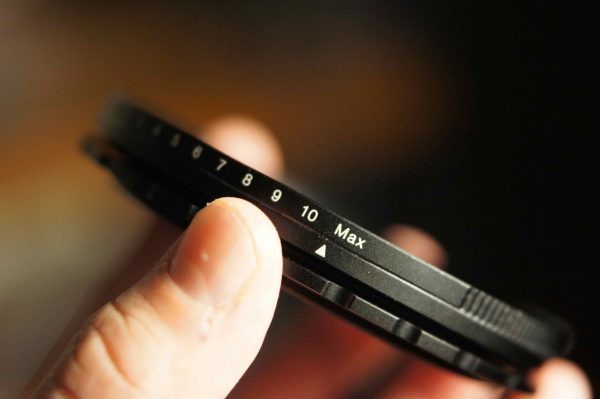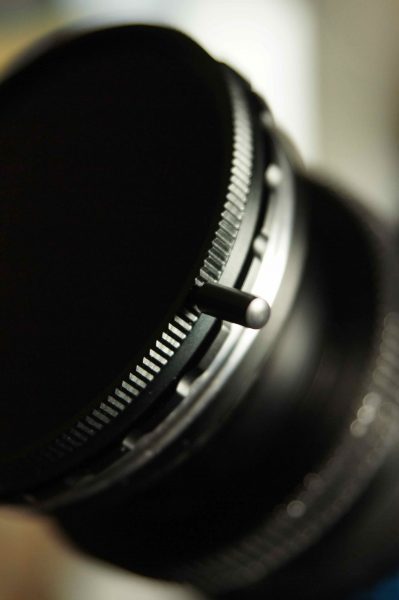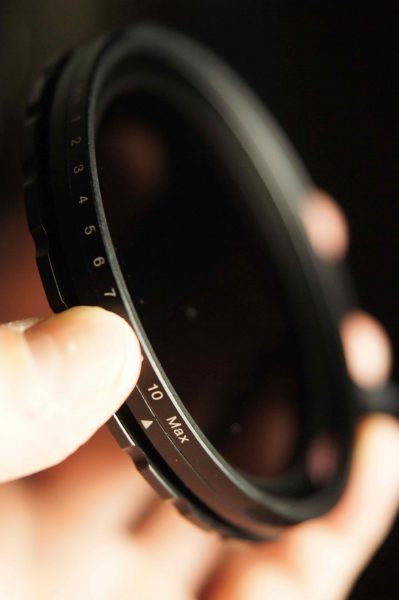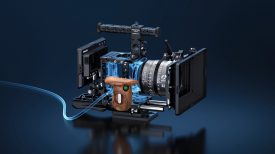By technical editor Matt Allard:
If you are using a camera that doesn’t have built-in ND and you don’t want to use filters in a matte box, then a variable ND filter is a must. When shooting outside, or in other well lit conditions, with cameras such as the Sony a7S and a7S II the variable ND has become even more important thanks to their higher base ISOs. For instance when using the original a7S outdoors in the S-log2 gamma setting the lowest ISO you can choose is 3200. This clearly presents real problems if you want to shoot anything with a wider aperture for shallow depth of field.
Typically most variable ND filters remain fairly neutral and don’t shift colour if you are using strengths of two or three stops. Above that most start to suffer from colour shifts and visible sharpness can decrease, especially with longer lenses.
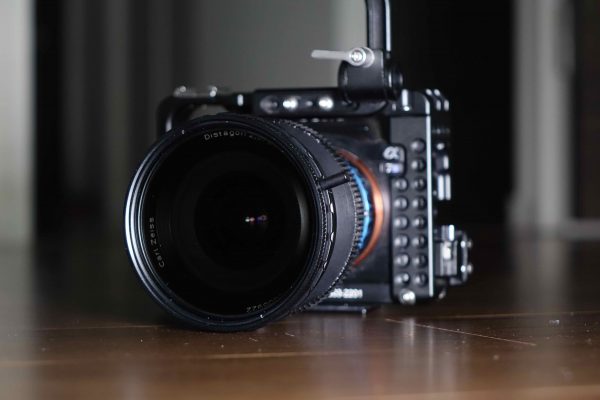
I have tested many variable ND filters and even though they have improved in quality over time, I have found they impact the quality of the image when used at their maximum levels. Recently I got the chance to test out the new SLR Magic variable neutral density filter and was keen to see how it performed optically, as well as how it was to handle. The SLR Magic VND filter provides the equivalent of 2 1/3 to 6 f-stops of ND reduction. According to SLR Magic this is the equivalent of having ND 0.4 – ND 1.8. The company makes bold claims that their VND filter avoids colour shift and the cross-like vignetting effect seen with almost every other variable ND filter on the market. They claim to be able to do this through the use of special glass and the treatments they use. In addition multi-coating is also used to reduce lens flares and ghosting effects caused by reflections.
The filters are available in a variety of filter sizes and feature calibrated markings that allow the user to know just how much ND they are using at any time. This also allows you to keep the amount of ND consistent in your shots if you are looking to shoot in a particular style.
There is also a nice lever on the filter so you can adjust the ND without having to physically touch the filter ring. I found this very useful for avoiding those accidents where your fingers creep into shot on a wide lens because you were fiddling with the filter. I also used the lever to control my exposure during takes and it worked reasonably well. Especially useful if your using a lens doesn’t have a smooth manual aperture ring.
I did some tests to see how the SLR Magic filter effects the image. First against no filter at all, then against the popular GENUS Eclipse Variable ND that I have had for quite a few years. I mostly wanted to see if there was any visible loss in sharpness and if there was much of a colour shift. The camera I used was the Sony a7S with a Nikon 80-200mm f2.8 lens. For the sharpness tests the lens was kept at a constant f5.6 and the only thing that was changed was the camera’s ISO once maximum ND was introduced. The camera picture profile (PP) was set to off and the white balance was unchanged for all of the tests.
The results were fairly positive. I found that the sharpness level even at the maximum amount of ND (1.8) was not that different to not having the filter in front of the lens. When I compared the SLR Magic to the GENUS Eclipse there was a difference. The SLR Magic definitely maintained a sharper image, but you really needed to crop in to see it. I did find that the SLR Magic started to shift very slightly to a warmer colour once you strength of the filter reached around three or four stops. Even though the filter had a shift I found the look quite pleasing and whites for the most part still looked white. Below 1.0-1.2 ND the filter remained quite neutral. When compared to the results from the GENUS Eclipse the SLR Magic looked nicer to my eye, the GENUS definitely has more of a shift towards green. It is very important when using most VND filters that you remember to white balance your camera if your going from using low amounts of ND to higher amounts. If you don’t you will likely get a colour shift between your shots. If your shooting in a log format and not monitoring using a lookup table (LUT) it will be very hard to see this colour shift.
As far as handling and ease of use go I found the SLR Magic VND filter a pleasure to use. The lever on the filter and the markings may be small touches, but they are very nice inclusions and make operating the filter a lot easier. The filter comes with a nice front cap which I also found useful. I didn’t encounter any of the cross-like vignetting effect that you see on a lot of VND filters meaning that the filter could be used correctly at all levels of ND.
I think SLR Magic have done a pretty good job with this filter. My only complaint would be that the filter only goes up to a maximum of ND 1.8. Other variable ND filters are stronger, but I suspect SLR Magic have limited the range to avoid excess colour shifting and possible extinction cross effects. Given that a lot of the cameras require large amounts of ND these days I do wish SLR Magic could have gone a bit higher though, perhaps to ND 2.4. The filter is easy to use, maintains good sharpness and despite the small colour shift performs very well. The SLR Magic is reasonably priced compared to other variable ND filters on the market. You can find it for sale here.

